Discussions
Ultimate Guide to Mitsubishi Lancer Common Problems

The Mitsubishi Lancer, celebrated for its reliability and performance, can encounter common issues, necessitating awareness among car owners. This guide delves into prevalent problems faced by Mitsubishi Lancer owners, offering practical solutions applicable to various models.
Mitsubishi Lancer Slow Fan Speed and Ventilation Loss Problems

Slow fan speed and ventilation loss in Mitsubishi Lancers can indicate underlying issues with the vehicle's heating, ventilation, and air conditioning (HVAC) system. These problems are commonly attributed to faults in the blower motor or the resistor that controls its speed. When the blower motor malfunctions or the resistor fails, the fan may spin at a reduced speed or stop working altogether, resulting in inadequate airflow and poor ventilation inside the cabin. This can lead to discomfort for occupants, especially in extreme weather conditions.
To address these issues, owners should first check the resistor for signs of damage or failure. If the resistor appears to be functioning correctly, the blower motor may need to be replaced. Replacement parts can typically be sourced from authorized dealerships or reputable online retailers. Prompt diagnosis and repair of slow fan speed and ventilation loss are essential to restore comfort and functionality to the Mitsubishi Lancer's HVAC system.
Mitsubishi Lancer Steering Pulling Problems

Steering pulling, where the vehicle drifts to one side, may signal suspension or wheel alignment issues.Replace tires from reliable sources and ensure proper wheel alignment by seeking professional assistance to ensure optimal functionality.
Mitsubishi Lancer Brake Failure Problems

Steering pulling problems in Mitsubishi Lancers are a common concern among drivers and can arise due to various factors affecting the vehicle's suspension and alignment. When a Mitsubishi Lancer pulls to one side while driving on a straight road, it indicates an imbalance in the suspension system or misalignment of the wheels. This imbalance can result from issues such as uneven tire wear, worn suspension components, or improper wheel alignment.
Addressing steering pulling problems is crucial for maintaining vehicle stability and ensuring safe handling on the road. Owners experiencing these issues should consider having their tires inspected for uneven wear patterns and replacing them if necessary. Additionally, scheduling a professional wheel alignment service can help correct any misalignment issues and restore proper steering geometry. By addressing steering pulling problems promptly, Mitsubishi Lancer owners can enjoy improved driving comfort and stability.
Mitsubishi Lancer Engine Stalling Problems
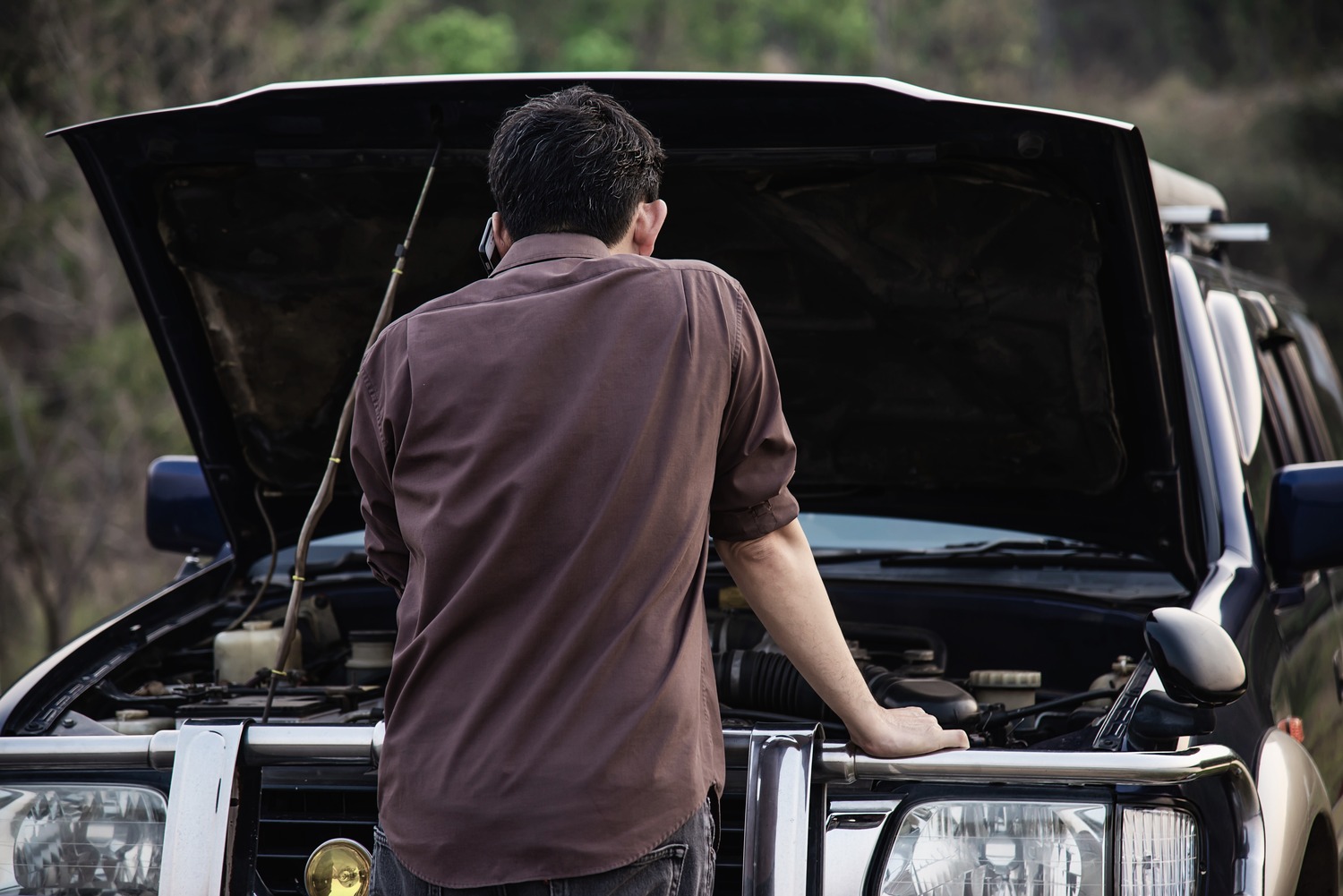
Frequent engine stalling may result from various factors, including a faulty MAP sensor or a clogged throttle body. Replace the faulty MAP sensor and clean the throttle body to restore normal engine operation. Seek professional assistance if unsure.
Mitsubishi Lancer Air Conditioning Failure Problems
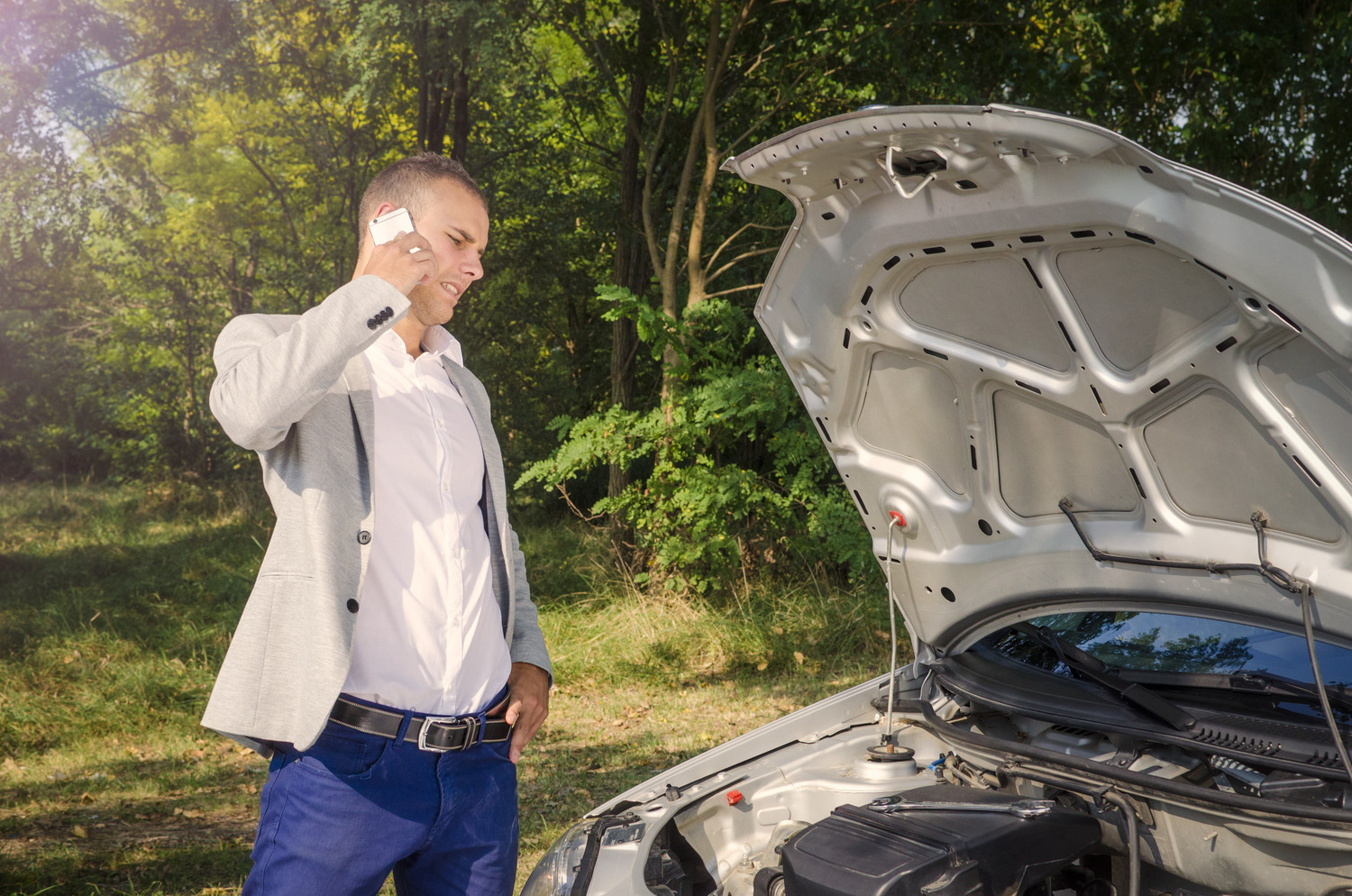
Inadequate cooling may indicate low gas levels in the air conditioning system.
Consult experienced technicians to re-gas the system for optimal performance. Seat Failure
Premature wear and foam degradation affect seat comfort and support. Consider replacing seats if foam degradation is extensive, opting for replacements from reputable sources.
Mitsubishi Lancer Automatic Gearbox Problems
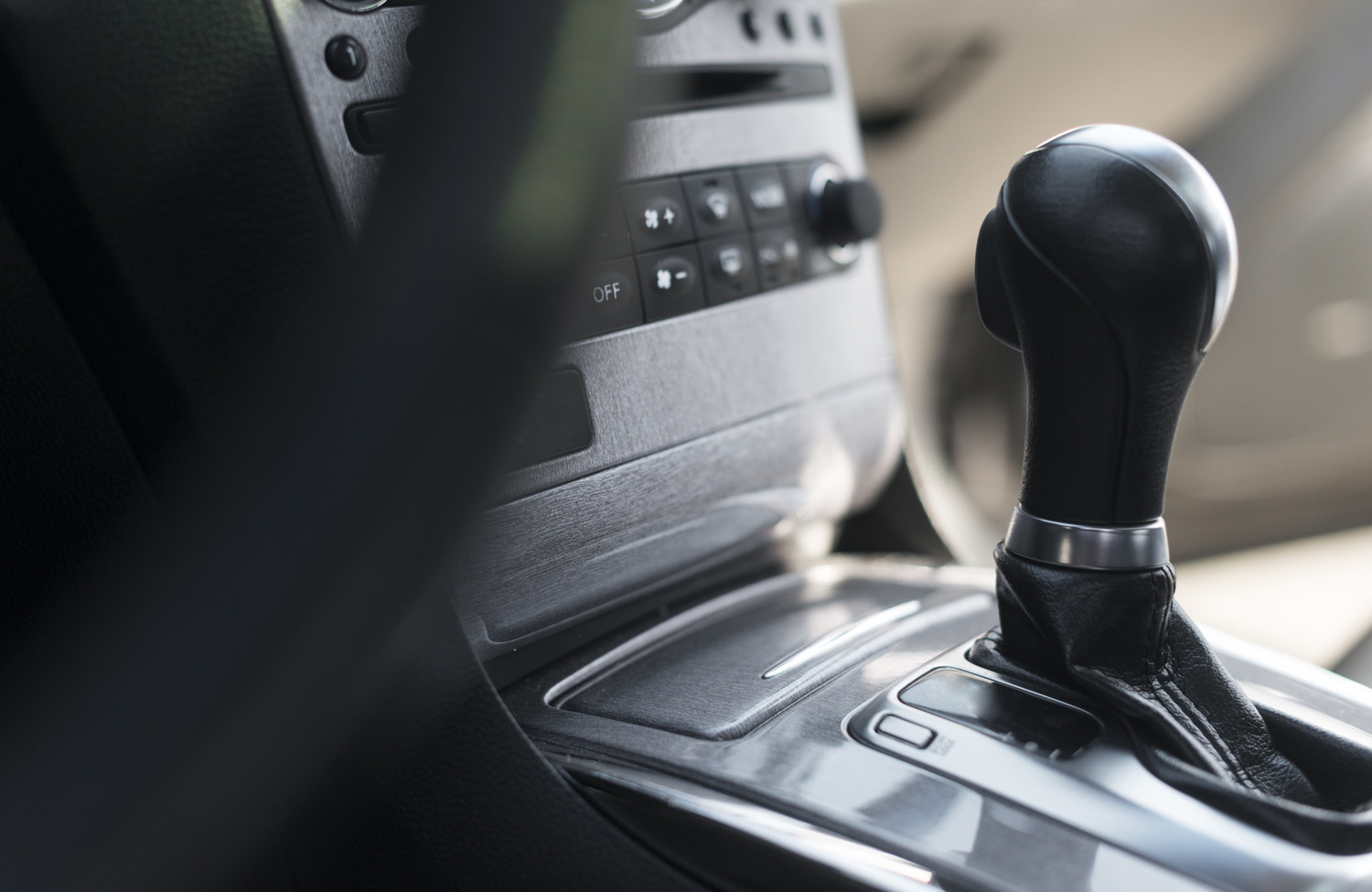
Automatic gearbox problems in Mitsubishi Lancers can manifest in various ways, ranging from hesitant gear changes to complete transmission failure. These issues often stem from internal mechanical failures, such as worn-out clutch packs, solenoid malfunctions, or fluid leaks. Symptoms may include rough shifting, delayed engagement, slipping gears, or unusual noises emanating from the transmission.
Left unaddressed, automatic gearbox problems can lead to further damage to the transmission system and potentially render the vehicle inoperable. Resolving these issues typically requires professional diagnosis and repair by qualified technicians. Depending on the severity of the problem, solutions may range from minor adjustments or fluid replacements to complete transmission overhauls or replacements.
Regular maintenance, including fluid checks and changes, can help prevent automatic gearbox problems and ensure the continued smooth operation of the Mitsubishi Lancer.
Mitsubishi Lancer Rust Issues

Rust issues in Mitsubishi Lancers, particularly in certain models or those imported from regions with different road salt standards, can pose significant concerns for vehicle owners. Rust typically develops on the vehicle's exterior surfaces, particularly on the underside, wheel wells, and around the edges of doors and windows. Left untreated, rust can spread rapidly, compromising the structural integrity of the vehicle and leading to expensive repairs or even safety hazards.
To address rust issues effectively, regular inspections of the vehicle's underside are essential, allowing for early detection and treatment of any rust spots. Additionally, preventative measures such as applying rust inhibitors or protective coatings can help mitigate the risk of rust formation. Consulting with professional mechanics or rust repair specialists can provide valuable guidance and assistance in addressing rust issues and preserving the longevity of the Mitsubishi Lancer.
Mitsubishi Lancer Overheating and Fast Battery Depletion
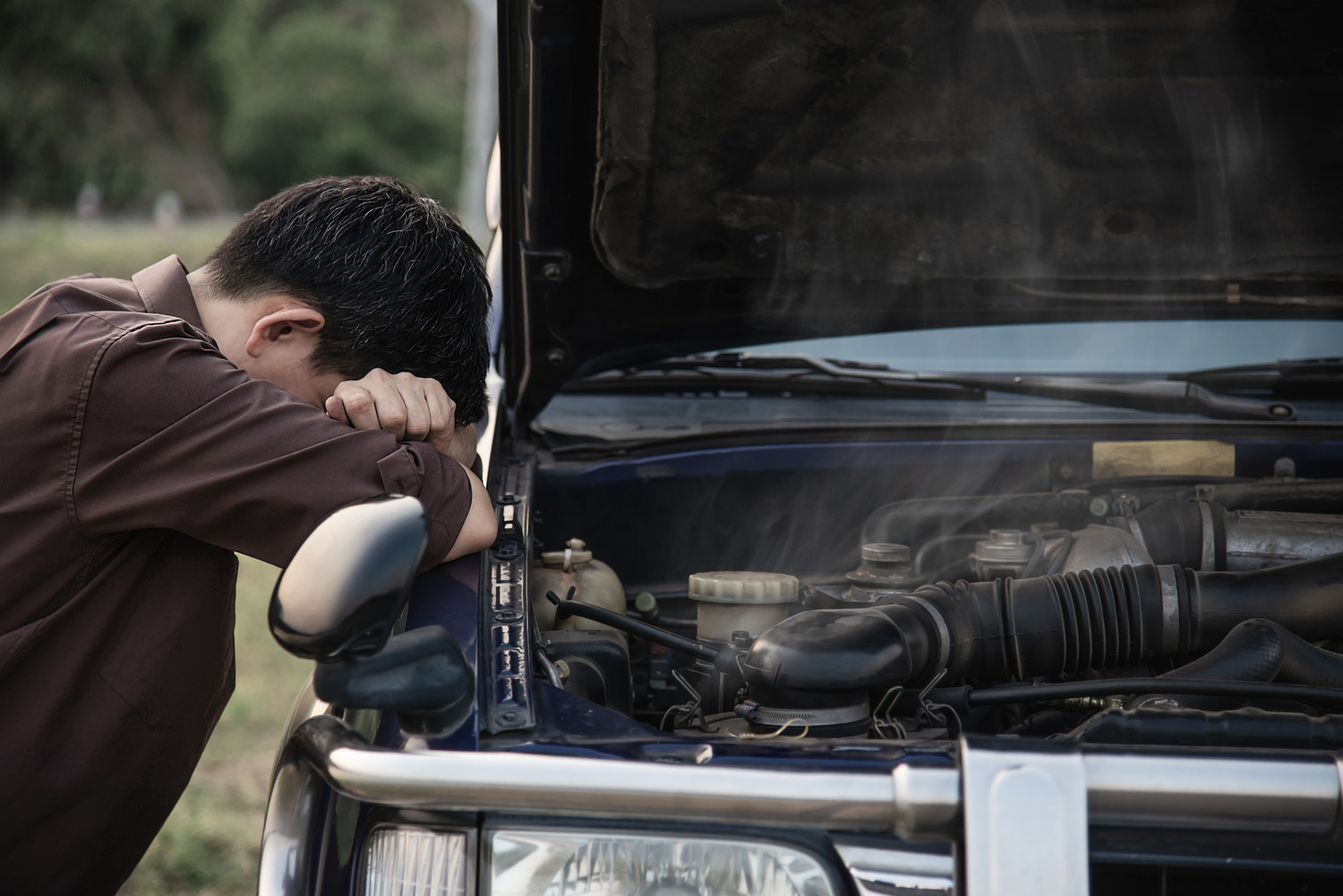
The issue of overheating accompanied by fast battery depletion in Mitsubishi Lancers can be particularly concerning, often indicating underlying mechanical or electrical problems. Overheating typically points to issues within the engine cooling system, such as a malfunctioning radiator, water pump, or thermostat. When these components fail to regulate the engine temperature effectively, overheating occurs, leading to potential damage to engine components and reduced performance.
Fast battery depletion, on the other hand, suggests electrical issues, such as a faulty alternator, which fails to charge the battery adequately while the vehicle is running. As a result, the battery may not receive sufficient charge to power the vehicle's electrical systems, leading to rapid depletion and potential stalling or failure to start. Addressing these issues promptly through professional diagnosis and repair is crucial to prevent further damage and ensure the Mitsubishi Lancer's reliability and safety on the road.
Mitsubishi Lancer Electrical issues?
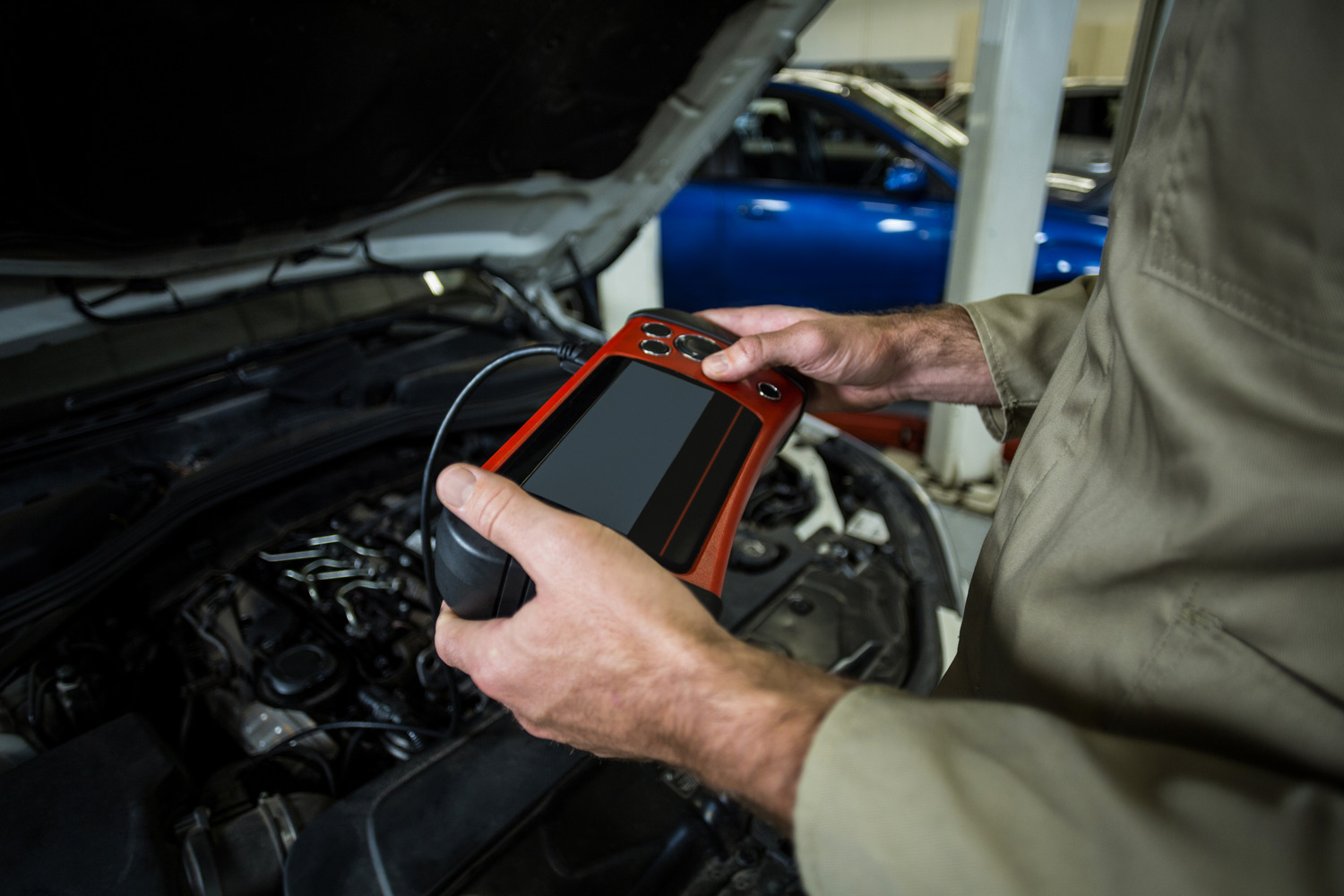
Electrical issues in Mitsubishi Lancers can be diverse and impactful, ranging from minor inconveniences to significant safety concerns. These problems often encompass issues with the vehicle's lighting system, such as headlights, taillights, and interior lights, which can flicker, dim, or fail altogether. Additionally, power-related problems may affect components like power windows, door locks, and the vehicle's central locking system, causing intermittent functionality or complete failure.
Furthermore, electrical issues can extend to the dashboard, where malfunctions in gauges, indicators, or warning lights may occur, potentially affecting the driver's ability to monitor crucial vehicle functions. Given the importance of electrical systems in modern vehicles, addressing these issues promptly through professional diagnosis and repair is essential to maintain the Mitsubishi Lancer's reliability and safety on the road.
Conclusion:
Owning a Mitsubishi Lancer involves addressing common issues effectively. Vigilance, genuine parts, and professional maintenance contribute to a prolonged vehicle lifespan and a smooth driving experience.
Thanks for reading the blog, if you are wondering, how to find the nearest car garage for car transmission service? Open google type car transmission service and you will find service my car on the top to get the best car transmission service in the town.
